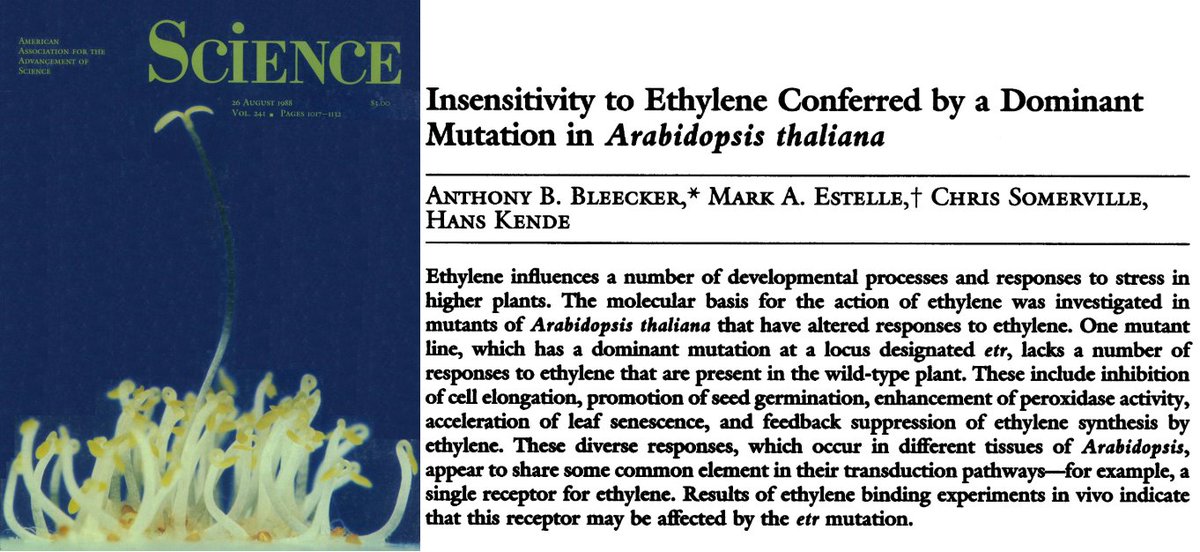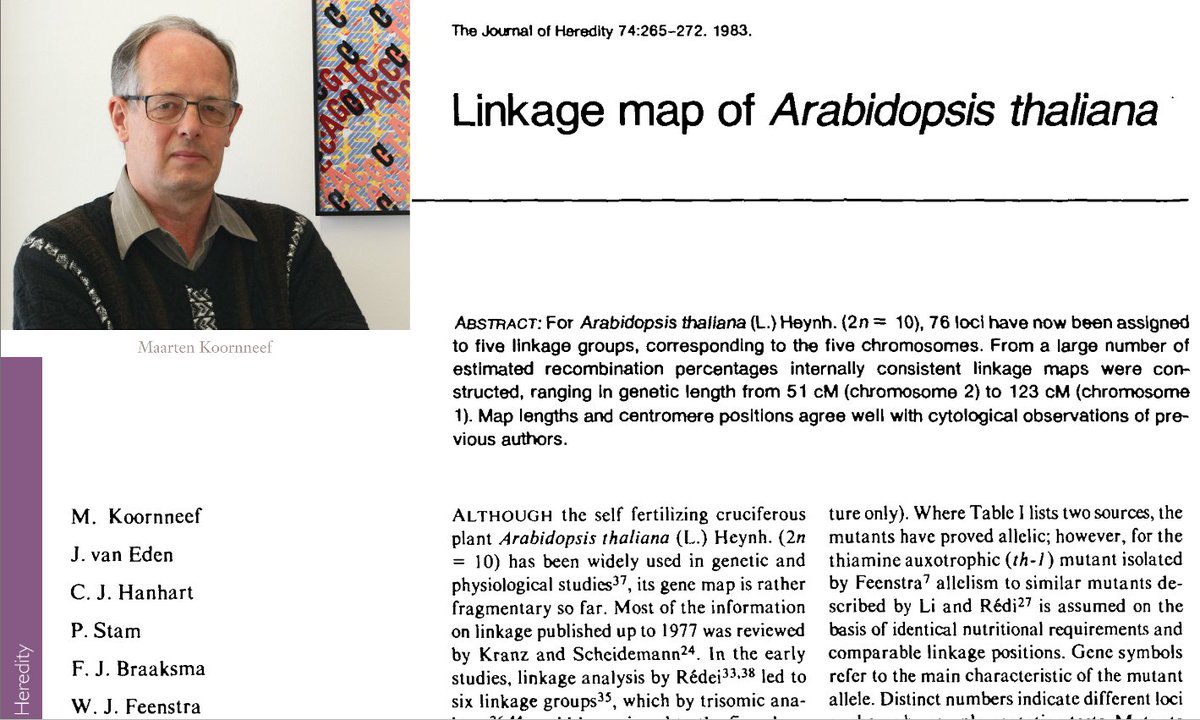#PlantScienceClassics #15 #PlantScienceFails #1: The auxin-independent (axi) Nicotiana tabacum lines. In 1992 Richard Walden et al. (specifically co-worker Inge Czaja) published activation-tagged axi protoplasts @ScienceMagazine that could divide&grow in the absence of any auxin! 

The development of plant transformation in the early 1980s (classics #6&13) was inspirational for many scientists. Among them was Richard Walden, who teamed up with plant transformation pioneers Barbara & Thomas Hohn to leverage this advance to develop the “Agroinfection" method. 

He then joined the next transformation pioneer, Jeff Schell, to develop more such tools. Their first was Activation-Tagging: 4 CaMV 35S enhancers (classic#9) were placed at the RB of the T-DNA. That way, they would overexpress the plant gene next to which the T-DNA was inserted. 

Walden used this technique to screen transformed N. tabacum protoplasts for their ability to divide & grow into calli & healthy plants – without the addition of any auxin to the culture medium, otherwise assumed to be an absolute necessity.
Surprisingly, he & his team were indeed able to isolate protoplasts that grew in the absence of any auxin. And even protoplasts from T2 & T3 plant descendants of these original regenerated plants retained this ability. The lines were thus called auxin-independent growth (axi). 

Not surprisingly, this huge result spawned several more high-impact papers & collaborations with other researchers eager to use the technique & Walden's auxin-independent protoplasts. Importantly though, the actual protoplast work had to be done by Walden's technician Inge Czaja. 

Curiously, only Czaja was able to work with the protoplasts, while postdocs & PhD students in the lab were unable to perform the work. Over the next years Czaja gave several reasons for this, starting with her experience in handling the protoplasts, to her playing Mozart to them.
However, when postdocs, students or collaborators didn't mention to Czaja the expected outcome of their experiments, her results still always seemed to fit their hypothesis, putting slowly emerging concerns to rest - at least for some time.
When other group leaders in the department eventually stepped up to Walden and demanded blind tests to be done, Walden refused. Eventually postdocs did these tests without Walden's permission, and indeed found that Czaja would tailor her results to fit their expectations.
When she was previously given experiments without being told the expectation, she later confessed that she would always sit with the researchers at lunch to eventually find out the expected outcome indirectly. She then added auxin to the correct cultures, initiating growth.
Walden denied any knowledge or wrongdoing, but he and Czaja resigned from their positions in 1997. He immediately took up a position at Horticulture Research International in East Malling, Kent, U.K, with funding from the BBSRC & the East Malling Trust for Horticultural Research.
It was left to Jeff Schell and Walden's former co-workers to clean up the mess. In months of work they repeated all key experiments, published them in a paper in @ThePlantJournal and then initiated retractions of all affected papers. Walden did not agree with the retractions. 

• • •
Missing some Tweet in this thread? You can try to
force a refresh


















